
“Every single kid will have a college assessment exam paid for,” Deputy Secretary Gwen Warniment said.
Fees for the test, which many students take repeatedly in an effort to improve their scores, range from $49.50 to $64.50.
And the move to adopt the SAT in spring 2020, a mandate from Gov. Michelle Lujan Grisham, comes as a growing number of public and private colleges and universities nationwide are dumping entrance exams like the SAT and ACT as requirements for admission.
About 40 percent of colleges and universities in the U.S. that award bachelor’s degrees do not require an SAT or ACT score for admission, according to the nonprofit National Center for Fair and Open Testing. In just the last year, the organization says, 47 announced they were removing the SAT.
In New Mexico, the importance of an SAT score varies. At the state’s largest institutions, the University of New Mexico and New Mexico State University, incoming freshmen must submit either ACT or SAT scores. Smaller public schools, however, such as New Mexico Highlands University in Las Vegas and Western New Mexico University in Silver City, are considered “open enrollment” institutions that don’t require entrance exam scores. But they do allow applicants to submit them for use as placement tests and to qualify for scholarships.
For New Mexico’s 11th graders, the SAT will replace the state’s previous standardized reading and math exams known as PARCC, administered to all students in grades 3-11 through a dwindling coalition of states called the Partnership for Assessment of Readiness for College and Careers.
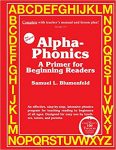 Although the tests aren’t popular among some parents and educators, standardized reading and math assessments are required for all public school students in the nation in grades 3-11 through the federal Every Student Succeeds Act.
Although the tests aren’t popular among some parents and educators, standardized reading and math assessments are required for all public school students in the nation in grades 3-11 through the federal Every Student Succeeds Act.
In addition to the SAT, New Mexico education officials said they expect to adopt the PSAT — or Preliminary SAT/National Merit Scholarship Qualifying Test — as the official assessment for freshmen and sophomores. Both exams are products of the College Board.
According to the Public Education Department, the state will pay $1.2 million a year, or $52 per student, to the nonprofit College Board to administer the SAT beginning in spring 2020, compared to about $31.25 per student the state was paying for PARCC exams.
New Mexico isn’t the only state switching to a college entrance exam as its standardized assessment for high school students. So far, more than a dozen states have begun using the SAT or ACT — or both — as a graduation requirement, and several others offer the SAT at no cost to students.
An effort to make a similar switch in California was nixed last month. Gov. Gavin Newsom vetoed legislation that would have allowed school districts to replace their 11th grade test with the SAT or ACT, saying a student’s performance on these exams “is highly correlated with race and parental income and is not the best predictor for college success.”
State Sen. Bill Soules, D-Las Cruces, said he expects New Mexico students’ average SAT score to initially take a large dip after the test is administered to all public high school juniors. But in general, he said, the exam will help more students apply to college and will help schools assess their own effectiveness.
“The SAT has general subject areas,” Soules said. “It’s more of a statistical sampling of how

Reading from Alpha-Phonics
students are doing,” said Soules, a former public school teacher and principal. “… Also it gives students a score that is useful. PARCC did nothing for students once they left home.”
At NMSU, for instance, incoming freshmen must have a high school GPA of at least 2.75, an ACT composite score of 21 or an SAT score of 1060, or must graduate in the top 20 percent of their class. There is no minimum SAT score at UNM, but UNM Admissions Director Matt Hulett said the school generally does not consider students with an SAT score of 900 or below to be prepared for a four-year college.
The state’s switch to the SAT also means faster testing for students. While teachers in the past have had to set aside entire weeks to prepare students for the PARCC exams, and several days for the tests themselves, the SAT takes most students no more than four hours.
Veronica García, superintendent of Santa Fe Public Schools, said she doesn’t expect the new SAT requirement to have much affect on students or high schools in the district. Schools aren’t likely to alter their curriculum or add SAT preparation courses ahead of the SAT rollout, she said, because the Common Core curriculum standards the state follows are already about 85 percent aligned with the exam.
“What our teachers should continue to do is to teach to rigorous standards,” García said. “If we’re meeting those, students will do well on whatever assessment the state gives them.”
The Publishers of ALPHA-PHONICS hope you find this article informative and useful. ALPHA-PHONICS has been found useful by many thousands of Parents, who teach their own children to read, for over 36 years. The Parents find it easy to teach, their kids learn quickly and become good readers in a relatively short period of time. You can learn all about it below:

 Coleman, earned nearly $1.6 million in 2017,
Coleman, earned nearly $1.6 million in 2017,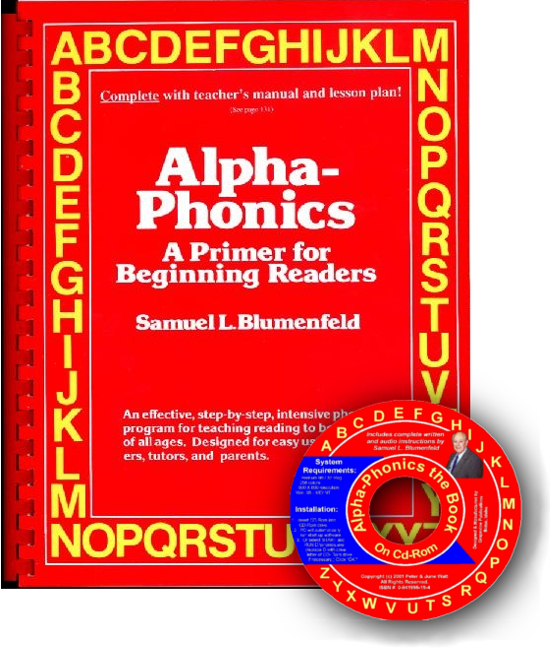 Alpha-Phonics
Alpha-Phonics The Alphabet Song!
The Alphabet Song! Water on the Floor
Water on the Floor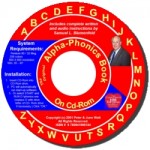 Alpha-Phonics the Book on CD Rom
Alpha-Phonics the Book on CD Rom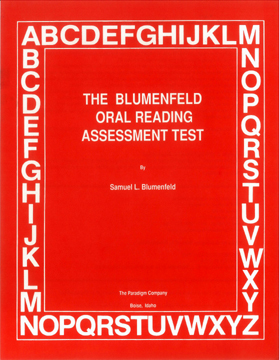 Blumenfeld Oral Reading Assessment Test
Blumenfeld Oral Reading Assessment Test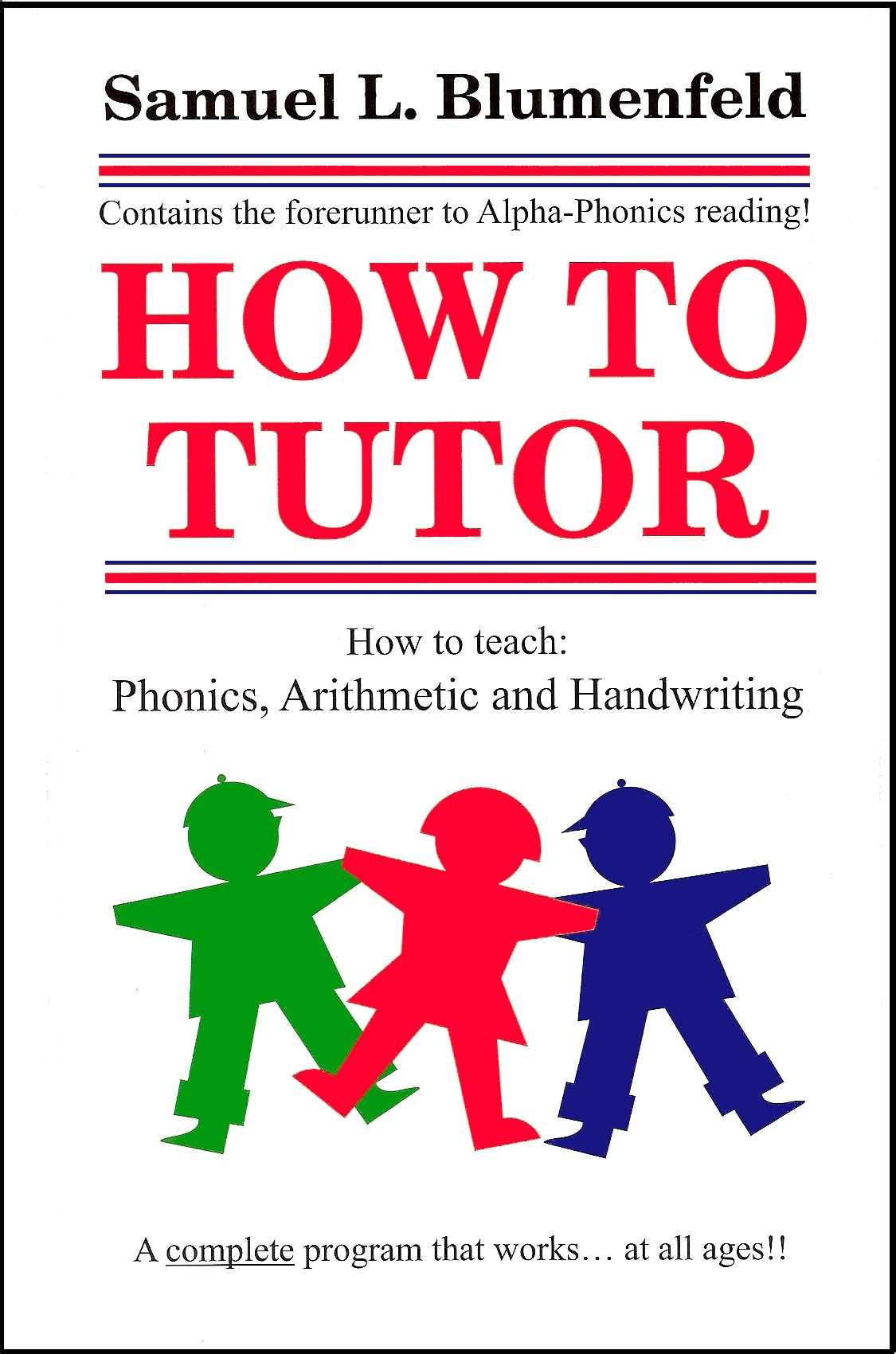 How To Tutor
How To Tutor How To Tutor Cursive Handwriting Workbook
How To Tutor Cursive Handwriting Workbook